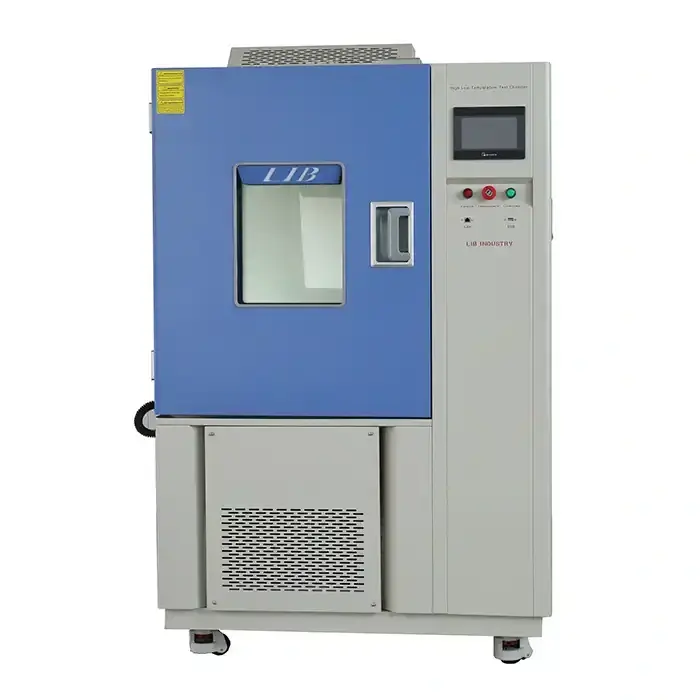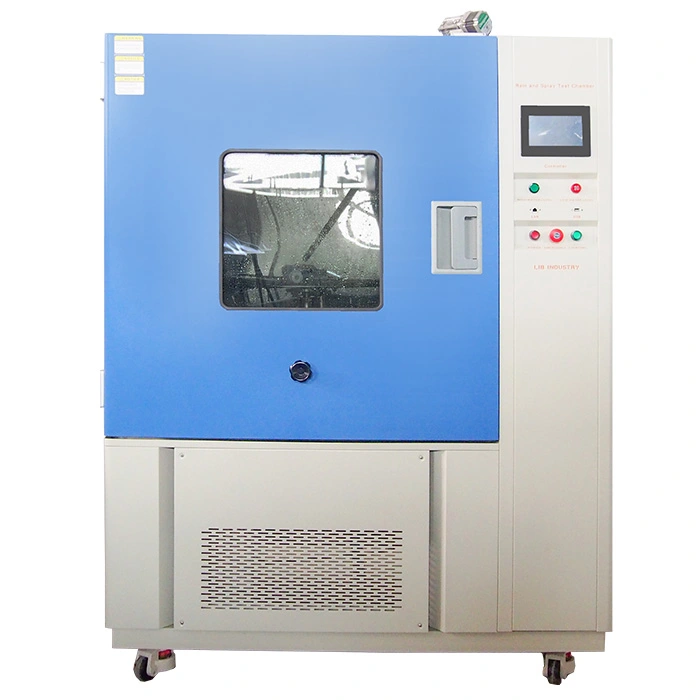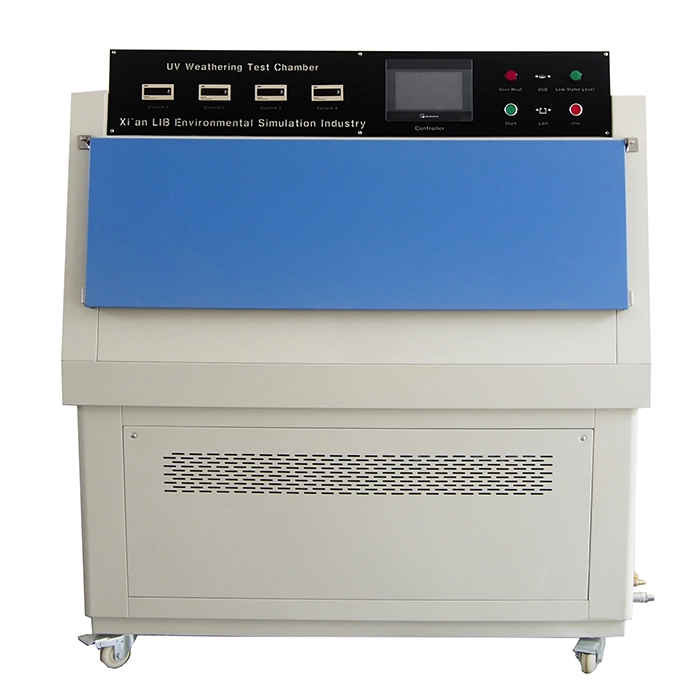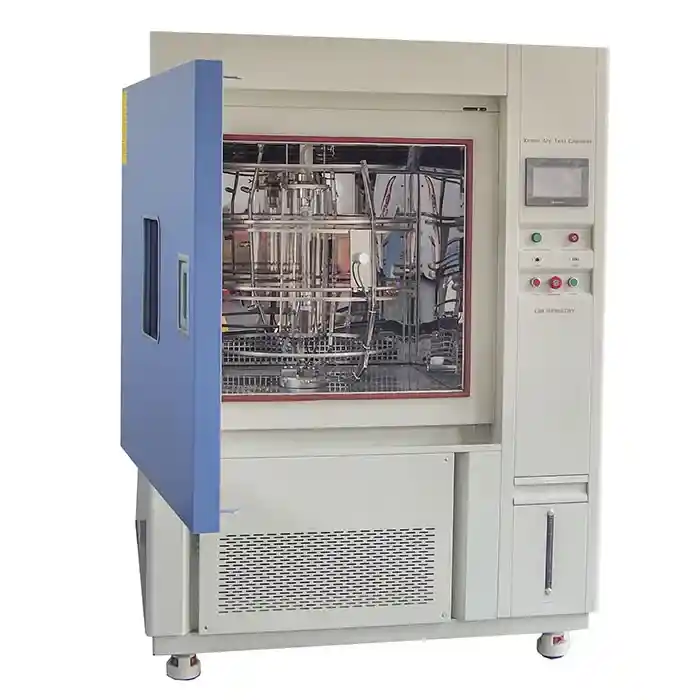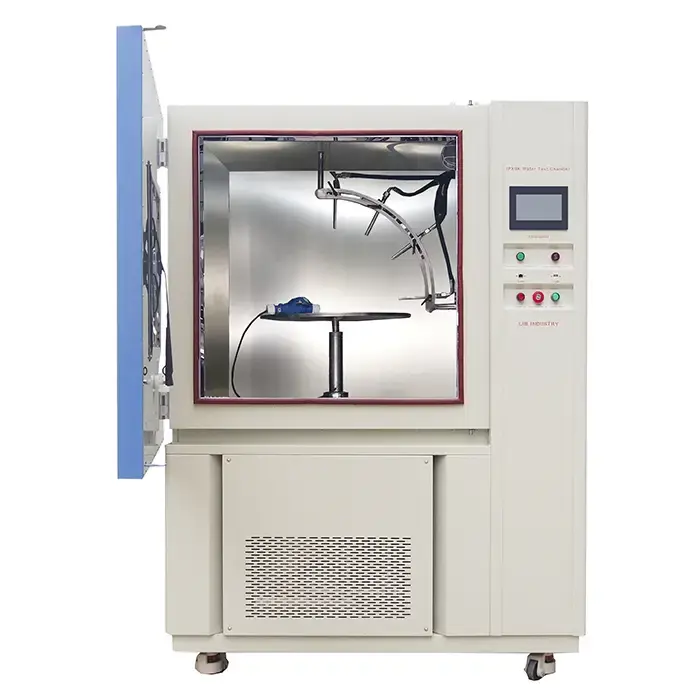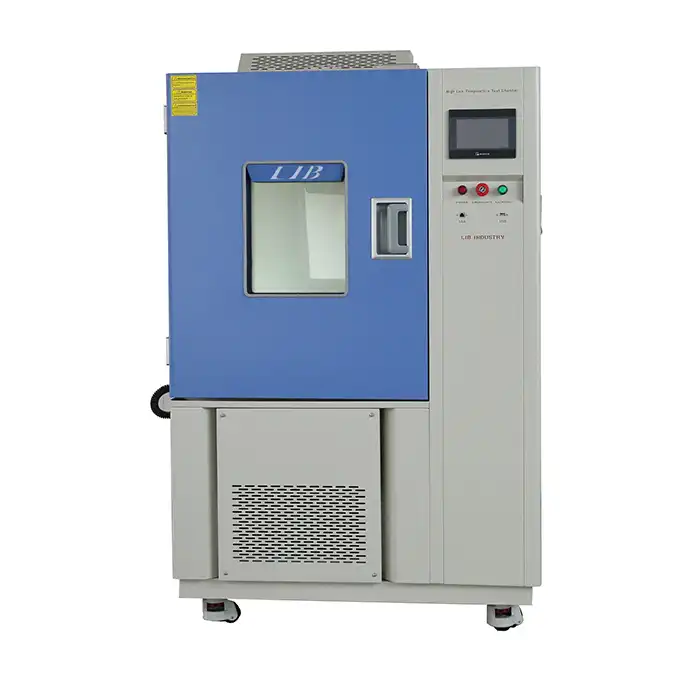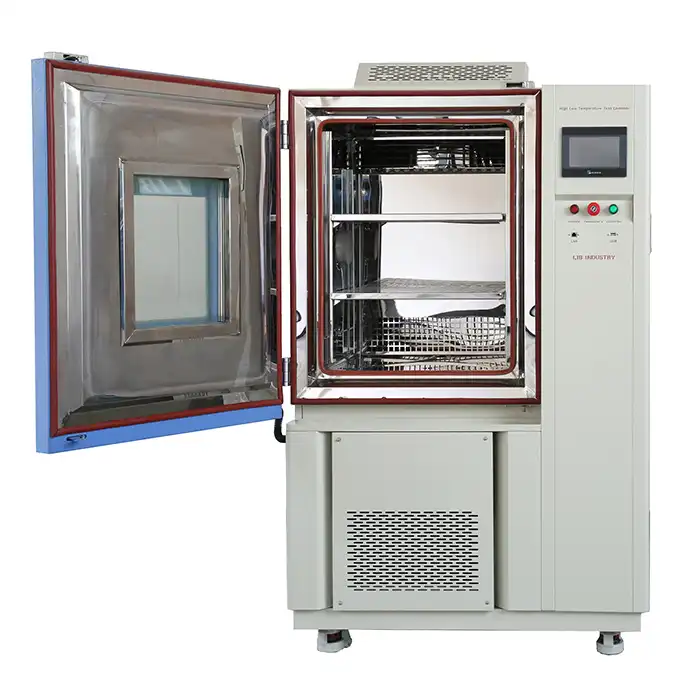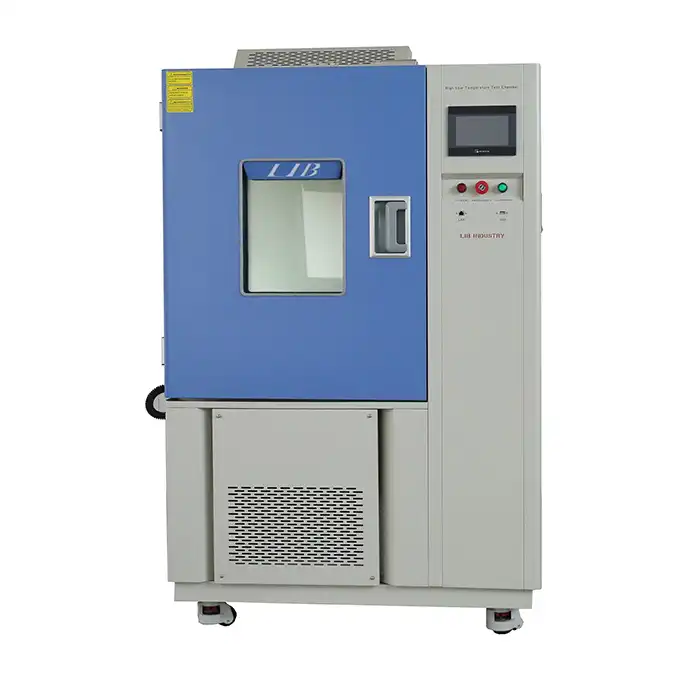What is humidity calibration?
Humidity calibration is a critical process in various industries where precise humidity control is essential. It ensures that instruments measuring humidity are providing accurate and reliable readings. Understanding the nuances of humidity calibration can help businesses maintain quality control and compliance with industry standards. This blog will delve into the importance of humidity calibration, the process involved, and the role of humidity calibration chambers.
Why is Humidity Calibration Important?
Humidity calibration is vital in industries such as pharmaceuticals, food processing, electronics, and HVAC systems. Accurate humidity measurements are crucial for several reasons:
Ensuring Product Quality
In the pharmaceutical and food processing industries, maintaining specific humidity levels is essential to ensure product quality and safety. For instance, improper humidity levels can affect the shelf life and efficacy of medications, or cause spoilage in food products. Calibrating humidity sensors ensures that these environments are kept within the required humidity range.
Compliance with Industry Standards
Many industries have stringent regulations regarding humidity levels. Compliance with these standards is mandatory, and regular humidity calibration helps businesses meet these requirements. This not only avoids legal penalties but also ensures that products are safe and meet quality standards.
Preventing Equipment Malfunction
In the electronics industry, maintaining the correct humidity level is crucial to prevent damage to sensitive components. High humidity can cause corrosion, while low humidity can lead to static electricity buildup. Regular calibration of humidity sensors ensures that the environmental conditions are optimal for electronic equipment.
How Does the Humidity Calibration Process Work?
Humidity calibration is a meticulous process that involves ensuring humidity measurement instruments like sensors or hygrometers are providing accurate readings. This process is essential for maintaining control over environmental conditions, which is critical in industries where precise humidity levels are necessary. The following steps outline a comprehensive approach to humidity calibration.
Step-by-Step Calibration
- Preparation: The initial phase of humidity calibration begins with preparing both the humidity calibration chamber and the instrument that needs calibration. The chamber is set to specific humidity levels based on the instrument's calibration requirements. This involves programming the chamber to achieve and maintain these set points accurately. The instrument is placed inside the chamber and allowed to acclimate to the set humidity conditions. This stabilization period is crucial as it ensures that the instrument's readings are not influenced by external environmental fluctuations or initial handling disturbances.
- Comparison: Once the instrument has stabilized, its readings are compared to those of a reference standard. This reference is typically a highly accurate and calibrated device known for providing precise humidity measurements. The comparison is carried out at multiple humidity levels to ensure the instrument's accuracy across its entire operational range. This step involves gradually changing the chamber's humidity settings and recording the instrument's readings at each level. This data is then compared to the reference standard to identify any discrepancies.
- Adjustment: If there are significant differences between the instrument's readings and the reference standard, adjustments are necessary. This could involve recalibrating the instrument by adjusting its internal settings or reprogramming its software to align with the reference standard. In some cases, physical adjustments may be required, such as replacing or recalibrating sensors within the instrument. This step ensures that the instrument's output is as accurate as possible, aligning closely with the reference standard.
- Documentation: Comprehensive documentation of the calibration process is vital. This includes noting the specific conditions under which calibration was performed, such as the exact humidity levels and temperatures within the chamber. The reference standards used for calibration should be documented, along with any adjustments made to the instrument. This documentation serves as a record for compliance with industry standards and regulations and provides a reference for future calibrations.
Importance of a Humidity Calibration Chamber
A humidity calibration chamber is a specialized piece of equipment designed to provide controlled humidity conditions for the calibration process. These chambers are essential for several reasons:
- Precision: Humidity calibration chambers are designed to provide precise control over humidity levels, ensuring that the conditions inside the chamber are consistent and accurate. This precision is crucial for obtaining reliable calibration results. The ability to fine-tune humidity levels with high accuracy ensures that instruments are calibrated correctly, leading to better performance and reliability in real-world applications.
- Consistency: Humidity calibration chambers are designed to provide precise control over humidity levels, ensuring that the conditions inside the chamber are consistent and accurate. This precision is crucial for obtaining reliable calibration results. The ability to fine-tune humidity levels with high accuracy ensures that instruments are calibrated correctly, leading to better performance and reliability in real-world applications.
- Versatility: Humidity calibration chambers are designed to provide precise control over humidity levels, ensuring that the conditions inside the chamber are consistent and accurate. This precision is crucial for obtaining reliable calibration results. The ability to fine-tune humidity levels with high accuracy ensures that instruments are calibrated correctly, leading to better performance and reliability in real-world applications.
How to Choose the Right Humidity Calibration Chamber?
Selecting the right humidity calibration chamber is crucial for ensuring accurate and reliable calibration. Here are some factors to consider:
Chamber Size and Capacity
The size and capacity of the humidity calibration chamber should match the instruments you plan to calibrate. Larger chambers can accommodate multiple instruments simultaneously, improving efficiency.
Control and Stability
Look for a chamber that offers precise control over humidity levels and maintains stable conditions throughout the calibration process. Advanced chambers come with digital controls and monitoring systems to ensure accuracy.
Temperature Range
Humidity calibration often involves maintaining specific temperature conditions. Choose a chamber that can control both humidity and temperature for comprehensive calibration.
Ease of Use
A user-friendly chamber with intuitive controls and easy maintenance will streamline the calibration process. Features such as programmable settings and automated controls can further enhance efficiency.
Considering these factors and evaluating different humidity calibration chamber manufacturers can help you make an informed decision and ensure the accuracy and reliability of your calibration process.
How to Maintain the Humidity Calibration Chamber?
To ensure your humidity calibration chamber continues to provide accurate and reliable results, regular maintenance is essential. Here are some tips:
Regular Cleaning
Keep the chamber clean to prevent contamination that could affect the calibration process. Follow the manufacturer's guidelines for cleaning and maintenance.
Calibration of the Chamber
Just like the instruments it calibrates, the chamber itself needs regular calibration to ensure it provides accurate humidity levels. Schedule periodic calibration with a certified service provider.
Monitoring and Record-Keeping
Keep detailed records of all calibration activities, including the conditions, reference standards, and results. This documentation is crucial for compliance and quality control.
Conclusion
Humidity calibration is a vital process in many industries, ensuring that instruments provide accurate and reliable humidity measurements. By understanding the importance of humidity calibration, the calibration process, and the role of humidity calibration chambers, businesses can maintain quality control and comply with industry standards. Investing in a high-quality humidity calibration chamber and following regular maintenance practices will ensure accurate and efficient calibration, ultimately contributing to product quality and operational efficiency.
If you want to learn more about this kind of Humidity Calibration Chamber, welcome to contact us info@libtestchamber.com.
References
1. National Institute of Standards and Technology (NIST). (2023). "Humidity Measurement and Calibration."
2. Smith, J., & Brown, A. (2020). "Humidity Calibration: Principles and Practices." International Journal of Metrology and Quality Engineering, 11(2), 123-132.
3. Jones, M., & White, R. (2021). "The Importance of Humidity Control in Pharmaceutical Manufacturing." Pharmaceutical Technology, 45(4), 25-30.
4. Lee, S., & Kim, H. (2019). "Effect of Humidity on Food Quality: A Review." Journal of Food Engineering, 255, 38-45.
5. Patel, V. (2018). "Humidity Control in Electronics: Preventing Corrosion and Static." Electronics Cooling Magazine, 24(3), 14-19.



